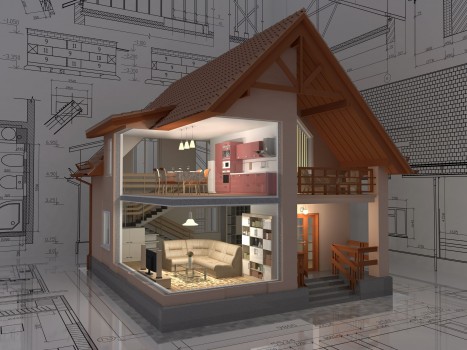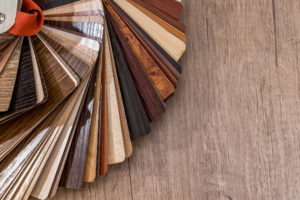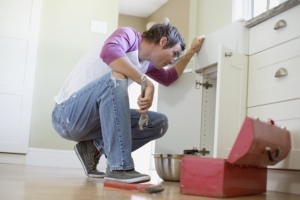Homeowners want to know if they have a potential trouble source hidden in their home. Unless they are a contractor, homeowners don’t know what to look for to identify hidden threats within their home. Below are three ways to inspect your home to identify some of the most common issues, before they result in thousands of dollars in unnecessary repairs.
1. Roofing
If left in poor, damaged, or unmaintained condition, the roof can result in costly repairs. A modest rainstorm can cause significant interior damage due to roof leaks. What could have been a $200 roof repair could now be thousands of dollars in interior damages. It is far better to contact a roofer to perform an inspection to make minor repairs, rather than waiting for the damages to present themselves on the inside of the home, such as water damage to ceilings, walls and flooring.
Simple things to look for to identify issues with the roof are missing tiles, broken or cracked tiles, and bent or broken pieces of flashing or other roofing components. Homeowners should also be aware of the age of the roof. Most roofs will have a warranty of 20-30 years depending on the quality of the roofing materials. If the roof is past the point of the warranty, then it is more likely to have issues with the roofing. If there are problems with the roof and it is still under warranty, contact the roofer who did the work to see what repairs may be covered under warranty.
2. Water damage
There are a number of threats in homes that can result in a water damage loss. The most common causes of water damage are from plumbing failures, such as broken pipes, broken water heaters, toilet back-ups, washing machine supply lines and any other part of the plumbing system that carries water. Another common cause of water damage is failures in the roofing system, as previously stated, or water intrusions from the exterior of the home, such as improper grading of landscape or improper drainage of storm water.
If there is water damage occurring in the home there are usually visible signs of damage. Most often these damages are seen in staining or discoloration of drywall, cracked or swollen baseboards, and swollen or cracked cabinetry. There are other indications of water damage that aren’t as visible, such as increased humidity or musty odors. It’s important to have these types of damages inspected by a properly licensed contractor that specializes in water damage restoration, and a plan of action is taken immediately. If left untreated, these areas can develop mold or microbial growth, which can be hazardous to the health of people in the home.
3. Insulation
Having a properly insulated home is critical, and if there is insufficient insulation in the home, you’re going to have some headaches. A common issue that will arise from lack of insulation is increased utility charges. This happens because your HVAC system is working harder to regulate the temperature in the house.
An easy way to identify where you have issues with insulation in the home is inspecting with a thermal camera. Thermal cameras detect the variation in temperatures in the building structure. The darker areas indicate colder temperatures, and the lighter areas determine warmer temperatures. Thus areas that are not adequately insulated can be identified quickly so that preparations can be made to insulate the areas that are in need of correction properly. A contractor that specializes in insulation may be able to provide such an inspection of the home.




